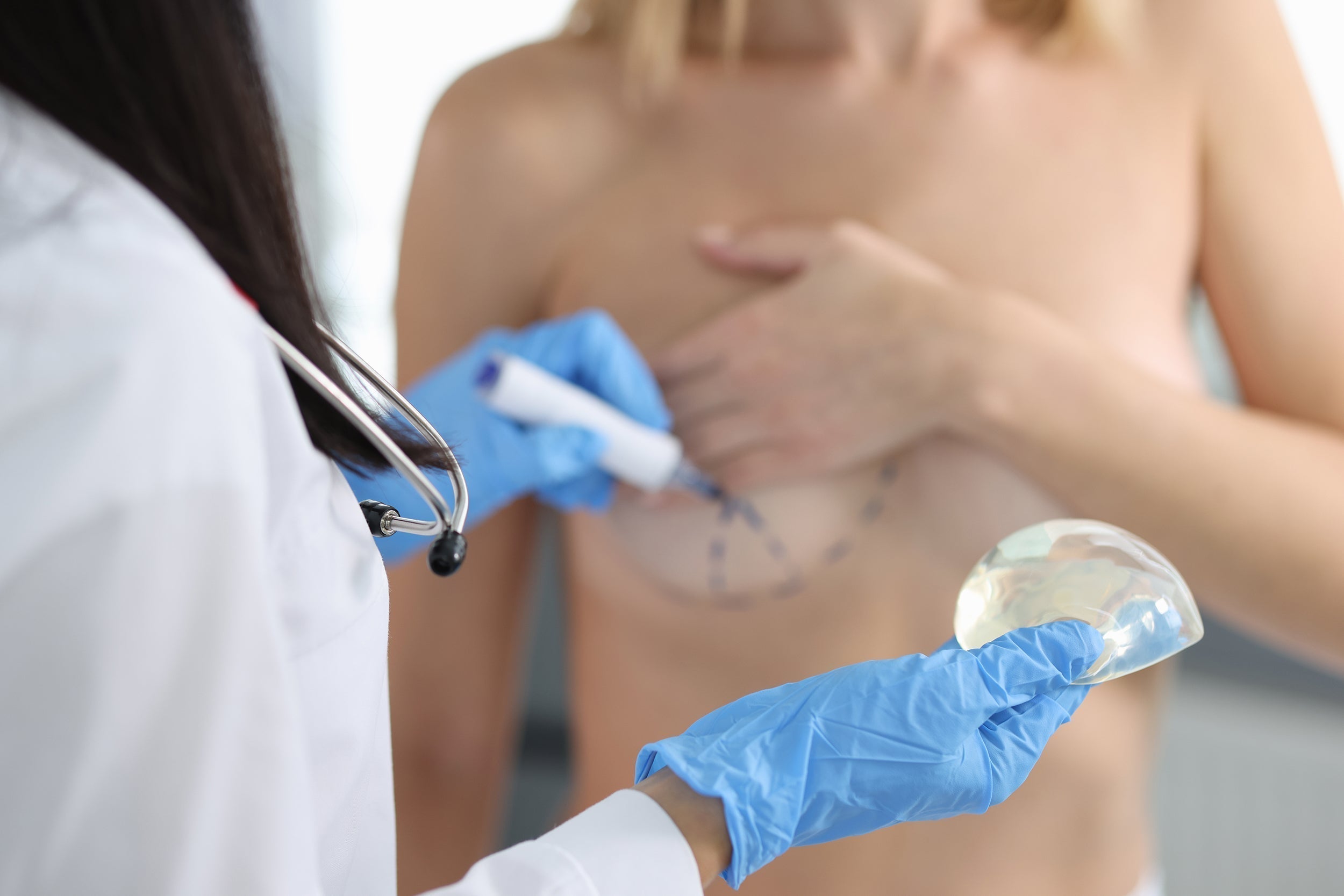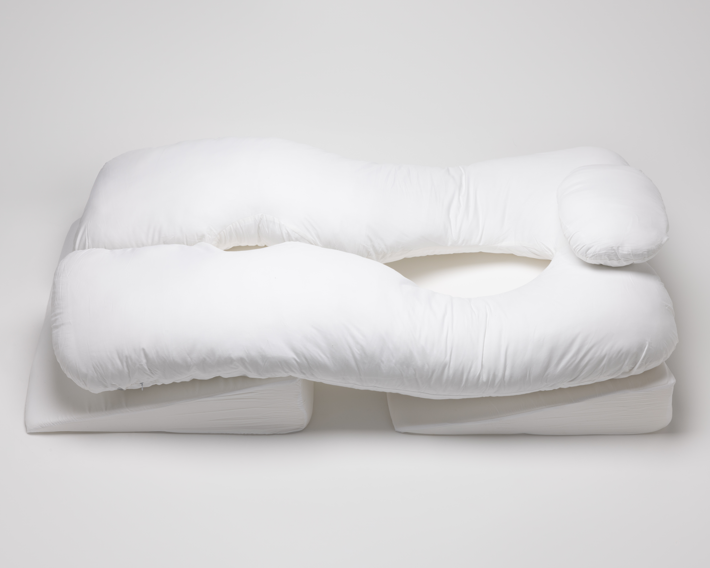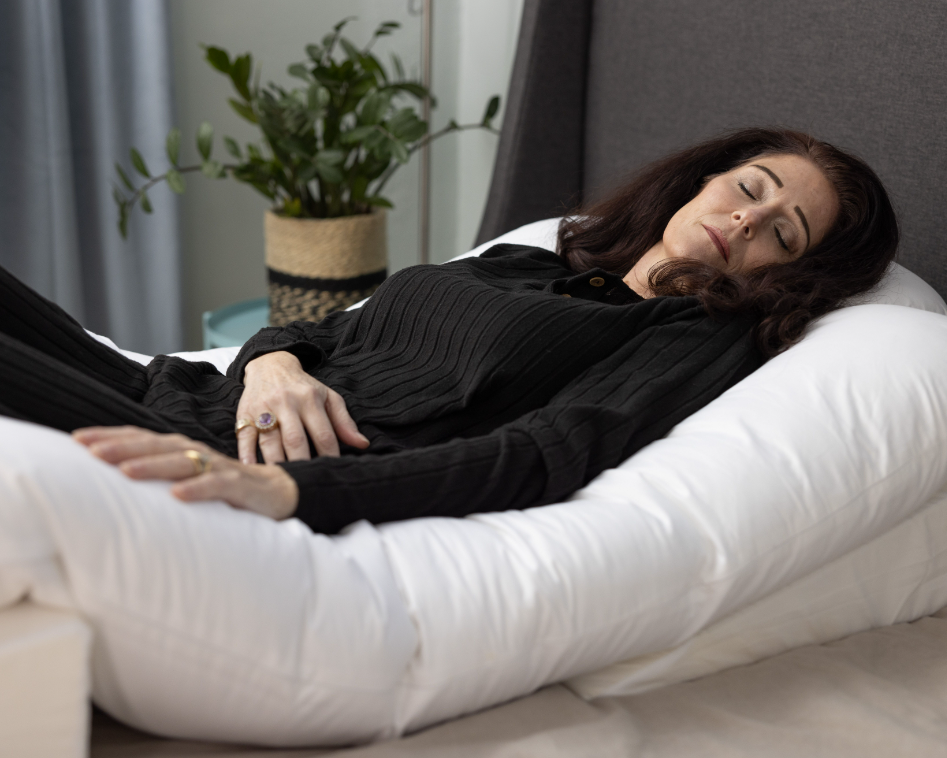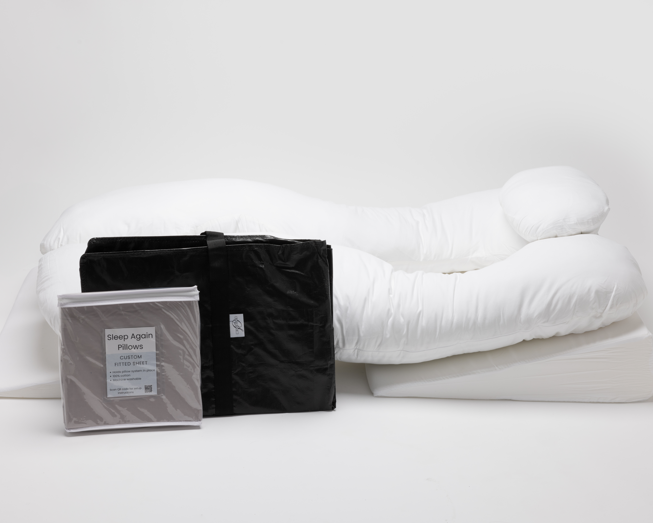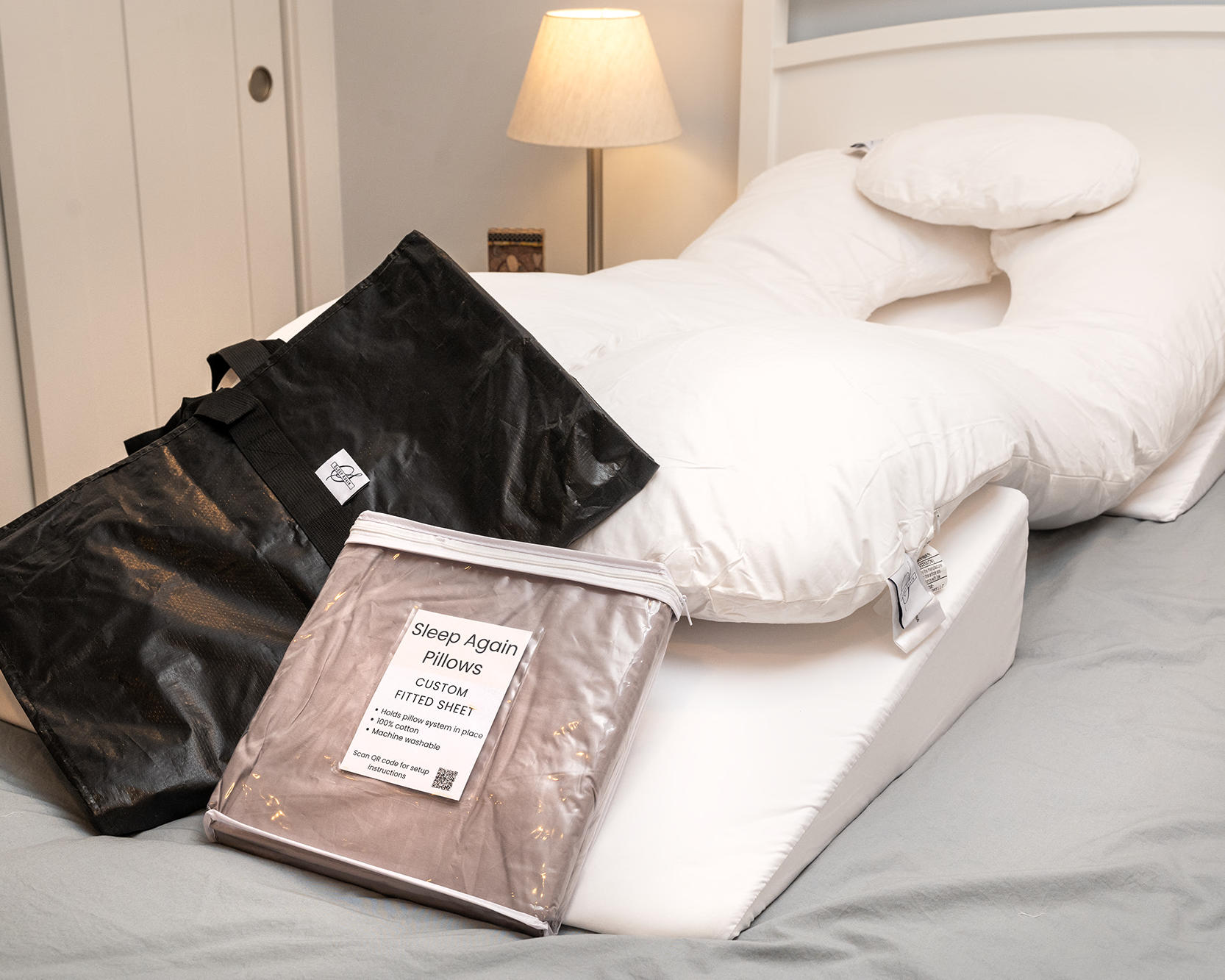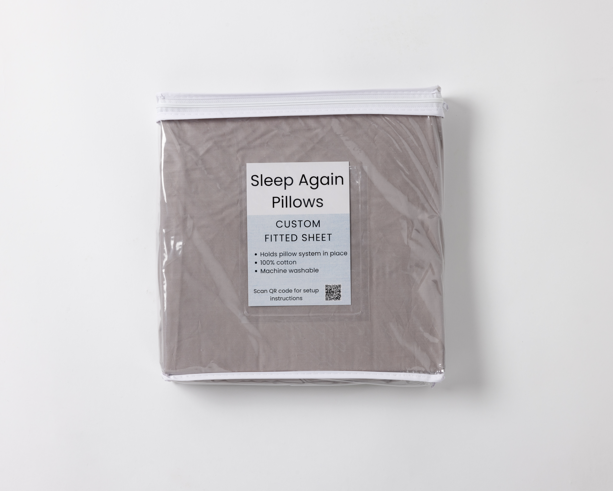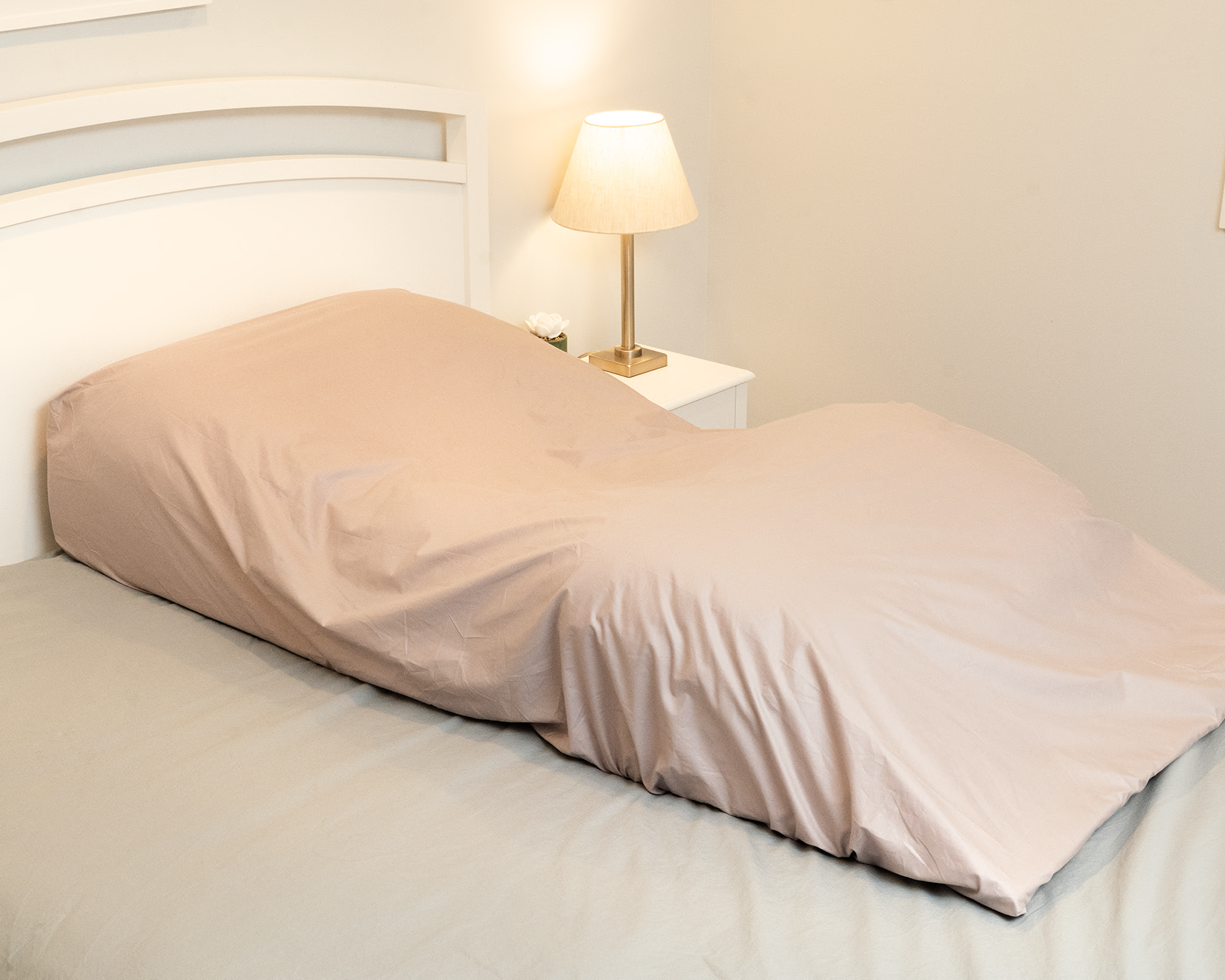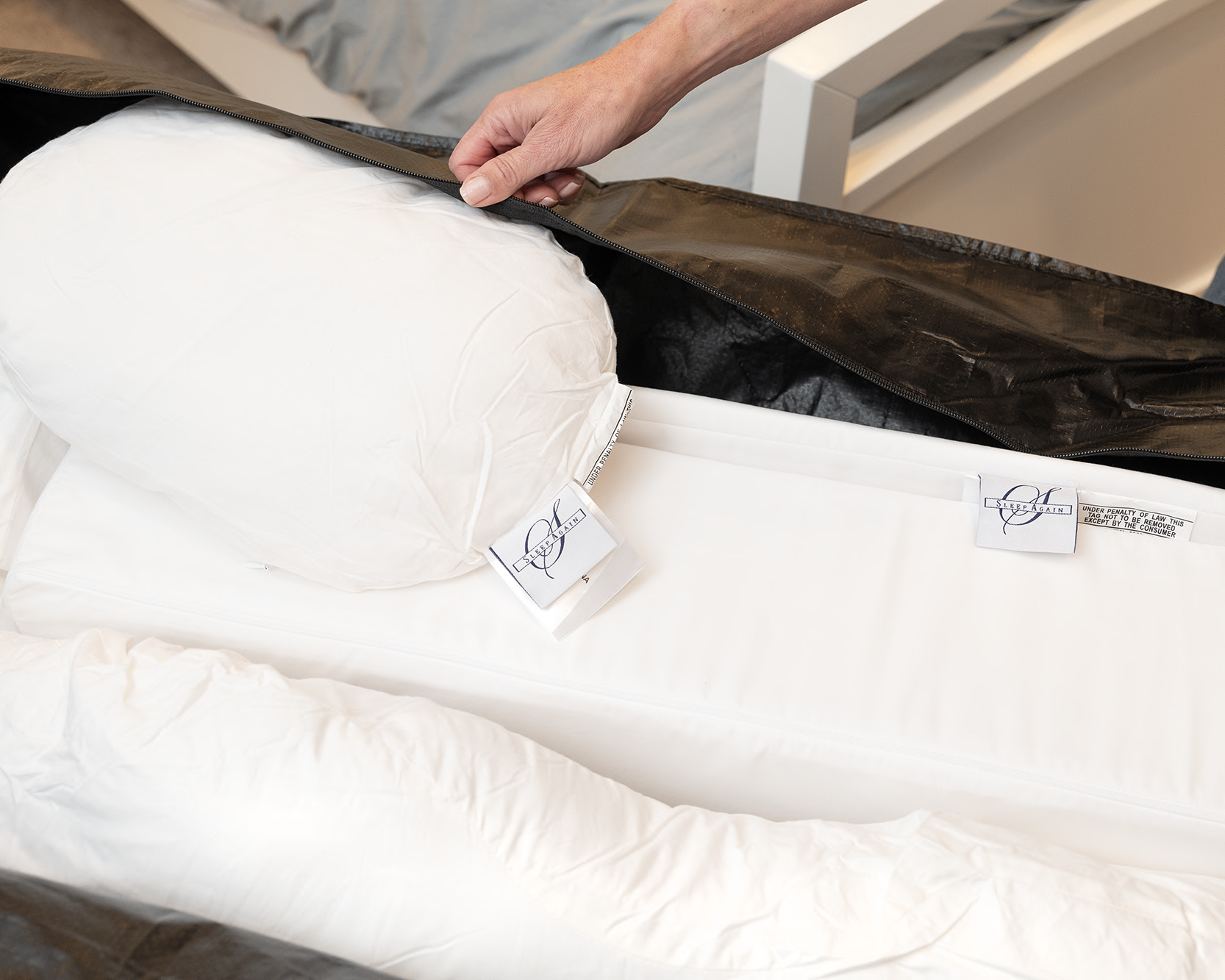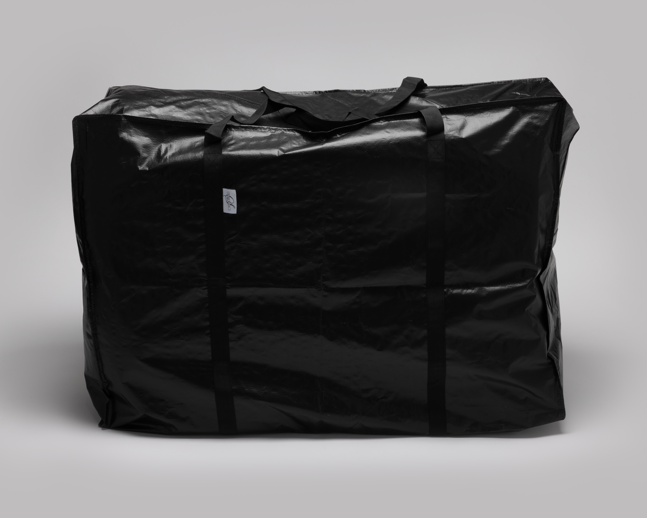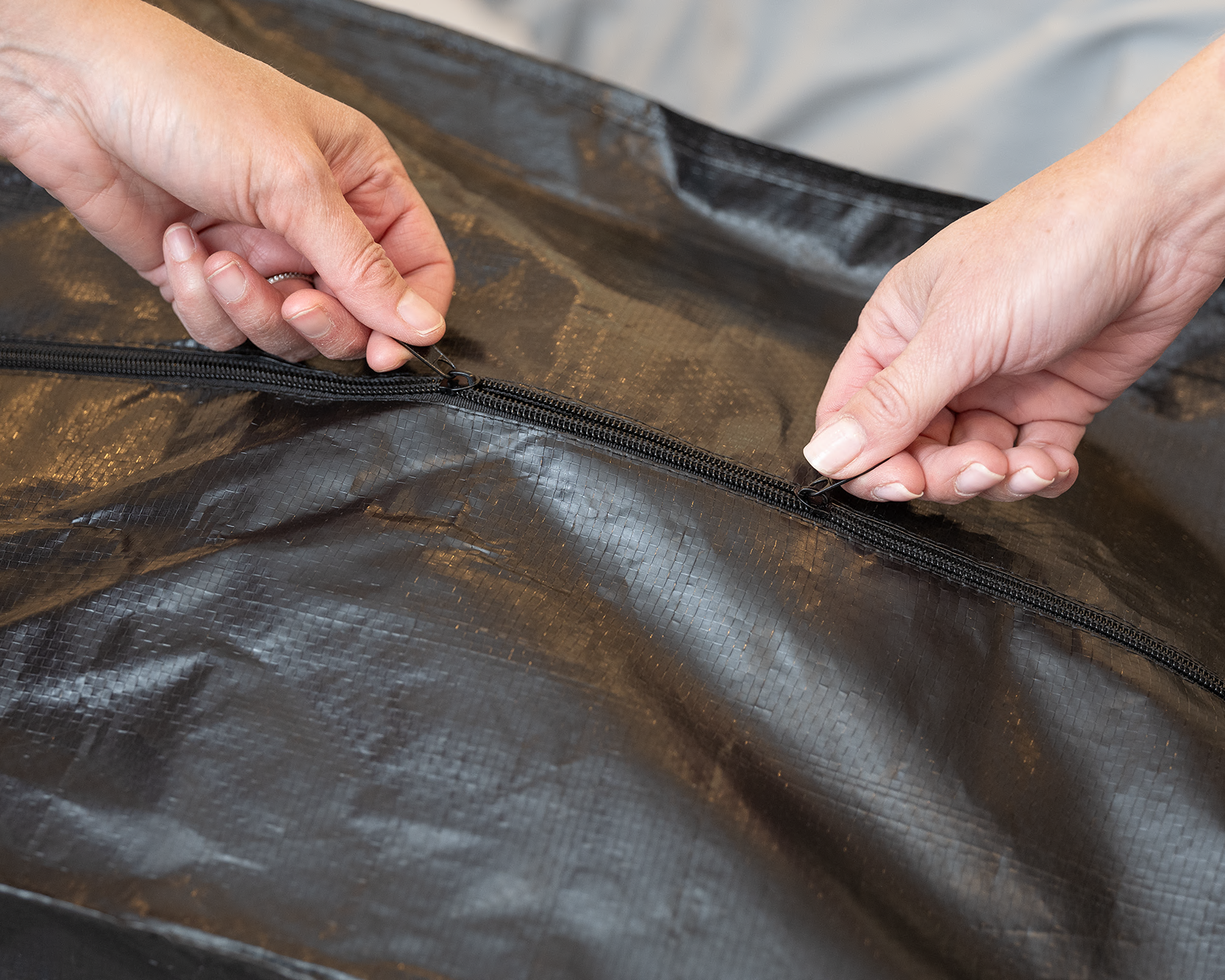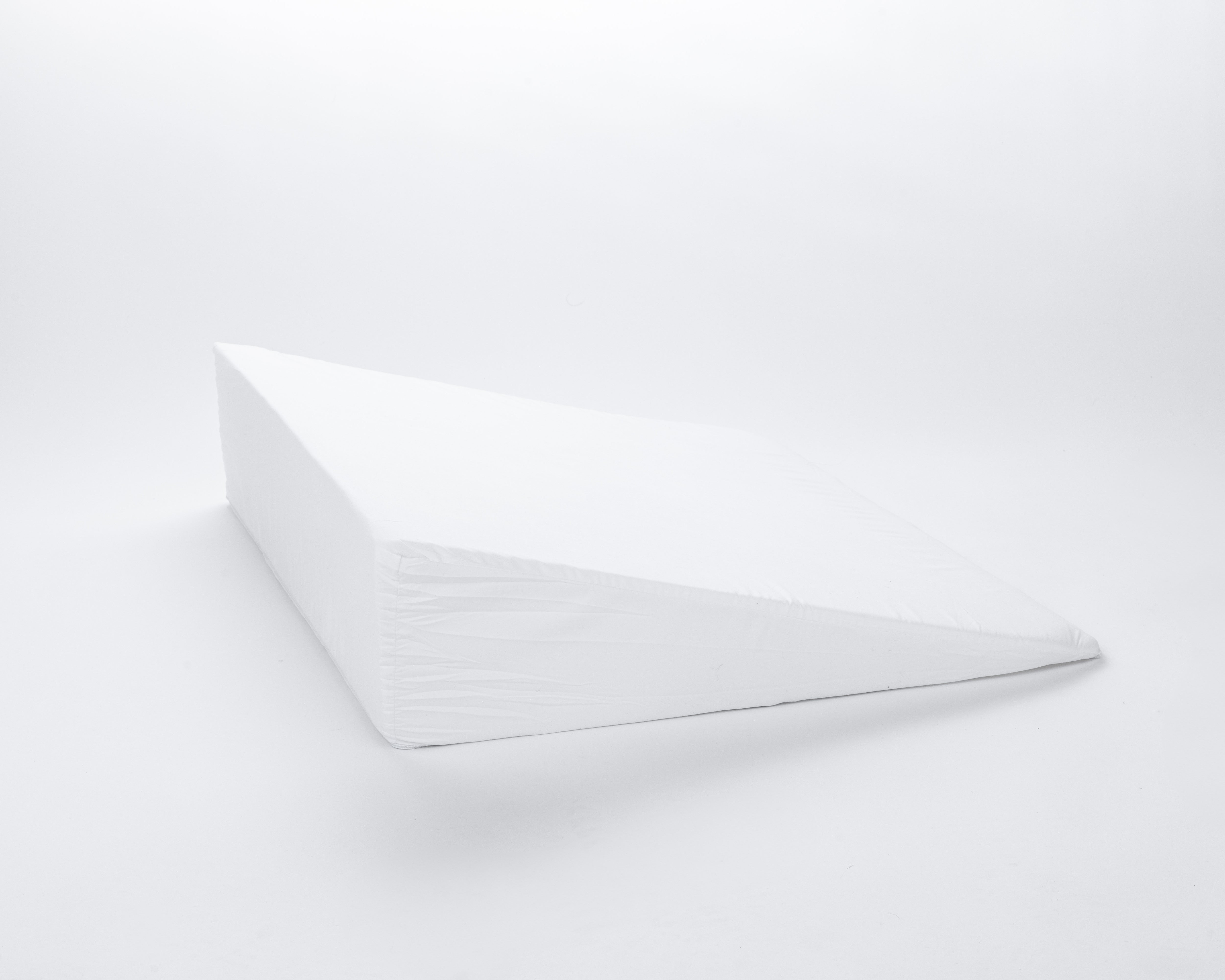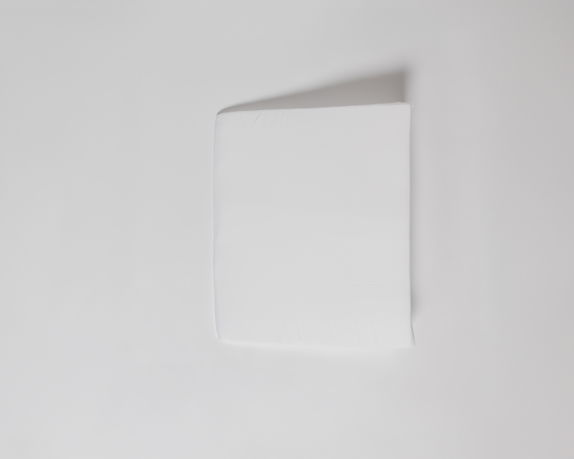Understanding Breast Augmentation and the Recovery Journey
If you’re considering an upgrade to your silhouette, you’re not alone. Breast augmentation has become the superstar of cosmetic procedures.
According to the American Society of Plastic Surgery's 2020 Statistics Report (spoiler alert: the numbers are impressive), breast augmentation ranked among the top 5 cosmetic procedures that year. A whopping 212,500 people chose this breast-enhancing journey — and that doesn't even count the folks opting for lifts or reductions. That's a lot of before-and-after photos!
But here's the thing about great results: they require great recovery. Behind every stunning transformation is a well-planned healing process — something that deserves just as much attention as choosing your ideal cup size.
The motivations behind breast augmentation are diverse and deeply personal:
-
Some hope to reduce physical discomfort or improve posture
-
Others desire better breast symmetry after pregnancy or weight changes
-
Many seek to boost self-esteem and body confidence
-
Mastectomy patients often desire reconstruction after cancer treatment
-
Transgender or non-binary individuals pursue breast augmentation as part of gender confirmation therapy
-
And yes, some simply want to enhance their breast size for aesthetic reasons
Whatever your motivation, proper recovery is essential for achieving the best possible outcome.
Sleep Again Pillows co-founder and breast cancer survivor, Rachel Baumel, understands firsthand the challenges of post-surgical recovery and has dedicated herself to helping others navigate this journey more comfortably.

What to Expect During Breast Augmentation Recovery: A Timeline
Recovery from breast augmentation isn't just about getting through the first few days—it's a process that spans several months. Understanding this timeline helps set realistic expectations and ensures you're prepared at each stage.
Immediate Post-Op (First 24-48 Hours)
The first 48 hours after breast augmentation are typically the most intensive part of recovery. During this time:
-
You'll likely experience significant discomfort, swelling, and tightness in your chest
-
Your surgeon will have you wrapped in a surgical bra or compression garment
-
You may have drainage tubes if your procedure was particularly extensive
-
You'll need someone to drive you home and stay with you for at least the first night
-
Pain medication will be necessary to manage discomfort
-
Moving will be limited, and you'll need assistance with basic tasks
Most surgeons advise taking at least 2-3 days off work, though many patients benefit from a full week of rest. This immediate recovery period is crucial for allowing your body to begin the healing process without unnecessary strain.
The First Week Post-Surgery
As you move into the first week of recovery:
-
Pain typically begins to subside, though discomfort remains
-
Bruising and swelling reach their peak and then slowly begin to improve
-
You'll have a follow-up appointment where your surgeon may remove bandages or drainage tubes
-
You'll begin to regain some mobility but should still avoid raising your arms above your head
-
Sleeping in an elevated position becomes particularly important (more on this critical aspect later)
During this initial week, it's vital to follow your surgeon's instructions precisely. Taking prescribed medications, wearing compression garments, and limiting your activities all contribute to a smoother recovery process.
Weeks 2-4 Post-Op
By the second week after surgery:
-
Pain should significantly decrease, with most patients switching from prescription pain relievers to over-the-counter options
-
Swelling continues to subside, though your breasts will still appear higher and firmer than their eventual settled position
-
Many patients can return to desk jobs or light work activities
-
Some light household activities become manageable
-
Sleeping positions remain restricted, with back sleeping at an elevation still being essential
It's during this period that patience becomes especially important. Your results are still evolving, and the uncomfortable tightness and unnatural positioning of your implants are temporary phases in the healing process.
Weeks 4-6: The Turning Point
The 4-6 week mark often represents a significant turning point in breast augmentation recovery:
-
Most patients are cleared to resume moderate exercise, though chest-specific exercises are still restricted
-
Swelling continues to decrease, and breasts begin to soften
-
Many surgeons allow patients to transition from surgical bras to supportive sports bras
-
Some patients may be cleared to sleep in more comfortable positions, though this varies by individual and implant placement
-
Sensations in the breast tissue and nipples may begin returning if nerve sensitivity was affected
During this phase, your breasts are still settling into their permanent position, a process surgeons call "dropping and fluffing." As inflammation resolves and tissues relax, your implants will gradually shift into a more natural position.
Months 2-3: Returning to Normal
By the 2-3 month mark:
-
Most physical restrictions are lifted for the majority of patients
-
Exercise can usually be resumed fully, including chest exercises
-
Breast implants continue their settling process, with results becoming more natural
-
Scars begin to mature and fade from red to pink
-
Most patients can resume sleeping in their preferred position, though stomach sleepers may need to wait longer
-
Final breast shape continues to evolve
It's important to note that while you'll feel mostly recovered by this point, your body is still adjusting to the implants internally.
The 6-Month Milestone
At around 6 months post-surgery:
-
Your breasts should have settled into their final position
-
Scars continue to fade and improve in appearance
-
Any residual swelling should be minimal or gone
-
Sensations should be largely normalized in the breast tissue
-
Your new breasts should feel like a natural part of your body
Many surgeons consider the 6-month mark as the point when patients can see their "true" results, though some subtle changes may continue for up to a year.

The Critical Importance of Sleep During Breast Augmentation Recovery
Rest is central to any surgical recovery, but it takes on special significance following breast augmentation. We do much of our healing while asleep, and inadequate rest increases risks of infection, emotional vulnerability, and prolonged recovery time.
After finding nothing on the market that fully addressed the special needs of breast surgery patients, Rachel Baumel designed Sleep Again Pillows' unique full body pillow system. This innovative solution allows for both proper elevation, side support, and safety while sleeping.
Dr. Ortiz, a prominent plastic surgeon in Raleigh, North Carolina, emphasizes in his breast augmentation recovery guidance that proper sleep positioning is necessary for optimal healing.
Specifically:
-
Sleeping at a 30 to 45-degree angle reduces pain and inflammation
-
Elevation improves circulation as blood flows away from the breasts, unlike when lying flat
-
Proper positioning prevents putting pressure on the surgical site
-
Quality sleep boosts immune function, accelerating the healing process
How Long Will You Need Special Sleep Accommodations?
A common question among breast augmentation patients is how long they'll need to maintain sleep restrictions. The answer varies based on your specific procedure and your surgeon's protocol, but general guidelines suggest:
-
Back sleeping with elevation is typically required for a minimum of 2-4 weeks
-
Many plastic surgeons recommend waiting 4-6 weeks before transitioning to side sleeping
-
Stomach sleeping should be avoided for 8-12 weeks or longer, according to resources like CosMedicWest
For patients with breast implants, the specialists at North Shore Cosmetic Surgery explain that while final results take 6-9 months to fully manifest, the first weeks after surgery are most critical. They emphasize that all patients must sleep on their backs for 4-6 weeks post-surgery, as the elevated position takes pressure off the implants as they heal.
Tips for Back Sleeping When You're Not Used To It
If you typically sleep on your side or stomach, adjusting to back sleeping can be challenging. Dr. Ortiz recommends practicing back sleeping before your surgery to acclimate your body to this position. Additional strategies include:
-
Using a specially designed post-surgical pillow system like Sleep Again Pillows, which was initially created for mastectomy recovery but works excellently for breast augmentation patients
-
Placing pillows under your knees to reduce lower back strain
-
Using smaller pillows at your sides to prevent accidentally rolling over during sleep
-
Creating a comfortable "nest" that makes back sleeping more inviting
-
Practicing relaxation techniques before bed to help fall asleep in this new position
Sleep Again Pillows' full-body post surgical pillow is particularly valuable as it not only provides the necessary elevation but also includes side supports that prevent rolling over onto tender surgical sites—a common and painful mishap during recovery sleep.

Rachel Baumel's Top 10 Tips for Recovering from Breast Surgery
Drawing from her personal experience with breast surgery, Sleep Again Pillows co-founder Rachel Baumel shares these essential recovery tips:
1. Prioritize Quality Sleep
Sleep is absolutely critical during recovery. Find a comfortable sleep solution, such as the Sleep Again Pillow System, designed specifically for breast surgery patients. According to Rachel's surgeon and anesthesiologist, recovery time energy-wise typically requires one week for every hour spent under anesthesia—making quality rest even more essential.
2. Educate Yourself Thoroughly
Understanding your options and what to expect empowers your recovery process. Read reputable resources, connect with others who've undergone similar procedures, and don't hesitate to seek second or third medical opinions when needed.
3. Consider Physical Therapy
Physical therapy following surgery can be transformative. Many patients, including Rachel, experience significant tightness in the chest, neck, and shoulders following breast surgery. Regular physical therapy sessions help maintain mobility and prevent long-term discomfort.
4. Practice Daily Meditation
Your mental health deserves attention during recovery. Take time to breathe deeply and check in with your body regularly. Even brief meditation sessions can reduce stress hormones that potentially interfere with healing.
5. Accept Help Graciously
Your support network wants to assist, but they often don't know how. Be specific about your needs, whether it's transportation to appointments, meal preparation, or childcare assistance. Directing their goodwill effectively benefits everyone.
6. Explore Complementary Therapies
Consider integrative approaches like acupuncture, which can help manage both physical and emotional aspects of recovery. Many patients find relief from sleep disturbances, pain, and hormonal fluctuations through these complementary practices.
7. Reassess Your Work-Life Balance
Recovery offers a natural opportunity to evaluate your priorities. Are you working to live, or living to work? Analyze where you're investing your time and energy, and make adjustments that better serve your wellbeing.
8. Incorporate Regular Massage
Once cleared by your surgeon, gentle massage can help maintain physical balance and provide emotional comfort. Professional therapeutic massage represents an important form of self-care during recovery.
9. Discover a New Creative Outlet
Finding a passion or hobby—whether reading, art, writing, or something entirely different—provides a healthy distraction and emotional processing channel. Rachel returned to drawing and painting after her diagnosis, reconnecting with creativity she had neglected in adulthood.
10. Plan Something to Look Forward To
Once sufficiently recovered, plan an experience that celebrates your health and new beginning. After her diagnosis, Rachel and her family planned what they called a "Life is too short" trip, which became one of their most meaningful experiences.
Essential Recovery Guidelines for Breast Augmentation Patients
Beyond Rachel's personal recommendations, these practical guidelines will support your breast augmentation recovery:
Managing Swelling Effectively
Expect significant swelling, particularly during the first several weeks following surgery. To minimize swelling:
-
Follow your surgeon's instructions about wearing compression garments
-
Apply cold compresses as directed (typically not directly on incisions)
-
Keep yourself well hydrated
-
Maintain the recommended elevated sleeping position
-
Avoid high-sodium foods that can increase fluid retention
-
Take anti-inflammatory medications as prescribed
Remember that swelling patterns can be asymmetrical and may fluctuate throughout the day, typically being more pronounced in the morning.
Incision Care and Scar Management
While your incisions are healing:
-
Follow your surgeon's specific wound care instructions meticulously
-
If your surgeon is planning to use surgical drains, prepare accordingly with a surgical drain holder
-
Keep incisions clean and dry as directed
-
Avoid scar treatment products until explicitly cleared by your surgeon (typically after incisions have fully closed)
-
Protect healing incisions from sun exposure, which can darken scars
Most surgeons recommend waiting at least 3-4 weeks before using specialized scar creams or silicone sheets, as premature application can interfere with wound healing.
Activity Restrictions and Gradual Return to Exercise
Patience with physical activities is crucial:
-
Avoid heavy lifting (typically anything over 5-10 pounds) for at least 4-6 weeks
-
Postpone high-impact exercises until cleared by your surgeon
-
Begin with gentle walking when approved, usually within days of surgery
-
Add activities gradually rather than returning to your full routine at once
-
Pay attention to your body's signals—pain indicates you should scale back
-
Specifically avoid chest exercises until given explicit permission
Your surgeon will provide a customized timeline for returning to various activities based on your specific procedure and healing progress.
Proper Support Garments
The right support is essential throughout recovery:
-
Wear the surgical or compression bra provided by your surgeon for the recommended duration
-
Avoid underwire bras until cleared, typically for 6-8 weeks minimum
-
When transitioning to regular bras, look for front-closing styles for easier dressing
-
Consider getting professionally fitted for new bras once your implants have settled
-
Continue with supportive sleep bras if recommended by your surgeon
Many patients find they need a completely different bra size and style after recovery is complete, so consider temporary options until your final results are achieved.
Bathing and Swimming Restrictions
To reduce infection risk:
-
Follow your surgeon's guidelines for showering, typically permitted 1-2 days after surgery
-
Avoid full immersion in bathtubs, pools, hot tubs, or natural bodies of water until incisions are fully healed (usually 3-4 weeks minimum)
-
When showering, use mild, fragrance-free soap and avoid directing water streams directly onto incisions
-
Pat (don't rub) the incision area dry after bathing
These precautions significantly reduce the risk of introducing bacteria to healing tissues.
Optimizing Your Recovery Environment
Creating a healing-friendly space can significantly improve your recovery experience:
Setting Up a Recovery Station
Before surgery, prepare a comfortable recovery area with:
-
Your Sleep Again Pillows System or appropriate elevation pillows
-
Entertainment options within easy reach (books, tablet, remote controls)
-
A water bottle with a straw for easy hydration
-
Healthy snacks that don't require preparation
-
Any medications properly organized
-
Extra pillows for positioning support
-
A phone charger and your phone within reach
-
A bell or other method to alert caregivers when you need assistance
Having these essentials organized beforehand prevents unnecessary movement and strain during early recovery.
Clothing Considerations
What you wear during recovery matters:
-
Choose loose, front-opening tops to avoid raising your arms overhead
-
Opt for soft, non-irritating fabrics that won't rub against incisions
-
Consider button-up pajamas for comfortable sleep attire
-
Prepare several supportive but gentle post-surgical bras if recommended
-
Avoid clothing with tight elastic bands near your surgical area
Many patients find zip-front hoodies and button-up shirts most practical during the first weeks of recovery.
When to Contact Your Surgeon
While some discomfort is expected during recovery, certain symptoms warrant immediate medical attention:
-
Fever above 101°F (38.3°C)
-
Increasing rather than decreasing pain after the first few days
-
Excessive swelling, particularly if significantly worse on one side
-
Unusual or foul-smelling discharge from incisions
-
Opening of incision lines
-
Severe bruising that continues to spread
-
Signs of infection (increased redness, warmth, tenderness)
-
Shortness of breath or chest pain
Never hesitate to contact your medical team with concerns—early intervention for complications leads to better outcomes.
Emotional Aspects of Breast Augmentation Recovery
The physical recovery process often receives the most attention, but the emotional journey deserves consideration too:
-
Expect a range of emotions from excitement to temporary regret (commonly known as "post-surgical blues")
-
Understand that the initial appearance of your breasts is not the final result
-
Be prepared for possible emotional sensitivity due to pain medications, anesthesia aftereffects, and hormonal fluctuations
-
Consider connecting with others who have undergone similar procedures through support groups or online forums
-
Practice patience and self-compassion throughout the recovery process
Many patients report temporary feelings of doubt during the early recovery period when swelling is prominent and results aren't yet visible. This is entirely normal and typically resolves as healing progresses.

The Sleep Again Pillow System: The Ultimate Comfort for Breast Augmentation Recovery
The Sleep Again Pillow System, initially designed for mastectomy recovery, has proven invaluable for breast augmentation patients as well. The full-body pillow system specifically addresses the challenges of post-surgical sleep by:
-
Providing optimal elevation to reduce swelling and improve circulation
-
Creating side supports that prevent accidentally rolling onto tender surgical sites
-
Offering stable positioning that accommodates surgical drains when present
-
Facilitating safer, more comfortable transitions when getting in and out of bed
-
Supporting not just the upper body but providing full alignment for better sleep quality
The system was born from Rachel Baumel's personal experience with breast cancer and mastectomy—she found nothing on the market that adequately addressed recovery needs, so she created a solution that has since helped countless surgery patients.
Final Thoughts on Breast Augmentation Recovery
Breast augmentation recovery is a journey that requires patience, proper care, and the right support systems. While the process involves temporary discomfort and lifestyle adjustments, most patients find the results well worth the recovery period.
Remember that everyone's healing process is unique. Variables like implant type, placement technique, pre-existing health conditions, and individual healing rates all influence recovery timelines. Follow your surgeon's specific recommendations, which should always take precedence over general guidelines.
By prioritizing proper sleep positioning, following activity restrictions, practicing good self-care, and using appropriate recovery aids like the Sleep Again Pillows system, you can optimize your healing process and achieve the best possible outcome from your breast augmentation procedure.
Important Disclaimer
While we have extensive experience and knowledge around breast surgery and recovery, we aren't doctors, medical providers, or have any medical training. This article is based on research and personal experience but should not replace medical advice. Please consult your physician or plastic surgeon with any questions related to your specific health situation and recovery needs.

